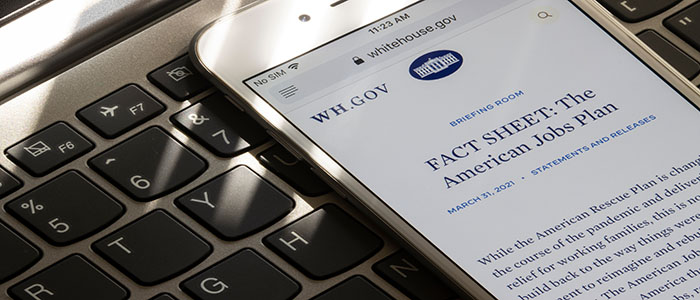Everyone knew that smart cities were the way of the future – it’s just that few could have anticipated that the future would have come along quite as quickly as it has. In large part thanks to the COVID-19 pandemic, our embrace of a smarter future in urban environments has been dramatically accelerated.
According to one recent study, about 55% of CIOs and CTOs say that they’ve sped up their adoption of resources in the cloud thanks to Coronavirus. About 52% say that they’ve also accelerated their adoption of 5G wireless networks. Fifty-one percent also say they’ve increased their investments in both artificial intelligence and machine learning – three trends that paint a very clear picture of where we’re all headed.
Yet at the same time, this is still going to require an enormous investment to “get it right” – even though the smart cities market size is growing at about 20% annually and is expected to hit an enormous $297 billion by as soon as 2026. We are going to get to this point, no doubt about it – we may just need a bit of a push to help us along. Which, oddly enough, is where the Biden Administration may come in.
Biden’s Smart City Future
The overarching goal of the Biden Infrastructure Plan is to put the United States on “an irreversible path to achieve net-zero emissions, economy-wide, by no later than 2050” according to his official website. It also aims to build a more resilient, sustainable economy – and smart cities likely play a significant role in all that.
All told, the proposal would see a $2 trillion accelerated investment – all by way of a plan intending to get that money into the hands of the people who need it before the end of Biden’s first term. With regards to the infrastructure itself, it includes money to rebuild everything from roads to bridges to electricity grids. It would offer universal broadband access to as many people as possible.
That last point is particularly important, as those without access to fast, reliable Internet are essentially blocked off from a labor force that is increasingly dependent on virtual resources. The COVID-19 pandemic taught us this very clearly when suddenly people found themselves working from home for the foreseeable future. Those with access to fast Internet were able to thrive, and those without it were simply left behind.
It is this expansion of broadband and wireless networking – with 5G connectivity at the heart of it – that will form the foundation upon which the future of smart cities will be built. Once the infrastructure is in place to keep people connected, everyone will have an equal voice in their communities – particularly those in lower-income urban environments and especially in rural America.
But more importantly, it also wants to drive innovation – and thus, create cost reductions – in a lot of the clean energy technologies we need to hit Biden’s ambitious goal. They also happen to be technologies that will intersect with the rise of smart cities. These include but are not limited to battery storage, new generations of building materials, renewable hydrogen, and more.
Note that a more modern, digitally connected infrastructure would also be a far safer one, too. As 2020 helped to illustrate, disasters can strike at any time – and often in the ways you least expect. If we’d had a more tech-driven infrastructure at the beginning of the pandemic, it’s easy to see a situation where the last 16 months may not have been quite so challenging for us all.
It’s equally important to note that these portions of the new infrastructure plan are just a few of the many recent smart city-focused initiatives that have been making their way through the government. Another is the Smart Cities and Communities Act, which is designed to help coordinate the efforts of the federal government to help offer funding, workforce development, and more to those urban areas who want to transition to smarter futures. Another, dubbed the Moving First Act, seeks to establish a yearly SMART Challenge Grant (Strengthening Mobility and Revolutionizing Transportation) to help inspire innovation in the transportation systems across the country.
In the end, it’s absolutely a positive thing that people are getting serious about creating a smarter, more informed, and more forward-thinking future. Smart cities will one day become a way of life – something we simply take for granted. There was a period when we thought about mobile restaurant bookings or things of that nature as something incredible – now, we see them as a novelty.
The same will undoubtedly be true of smart cities. One day, they will simply be that – “cities”, and that moment will absolutely benefit us all.


















Add comment